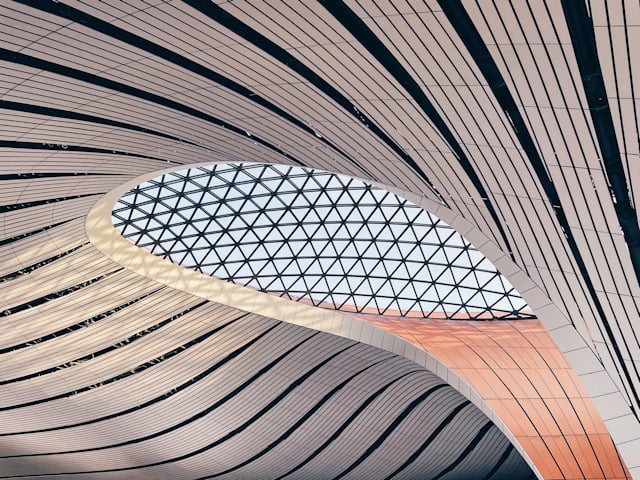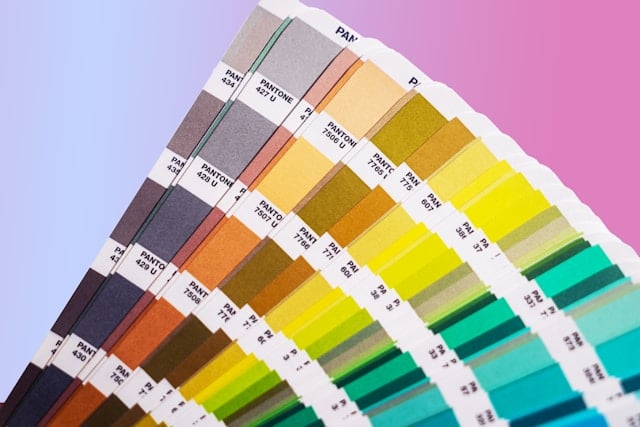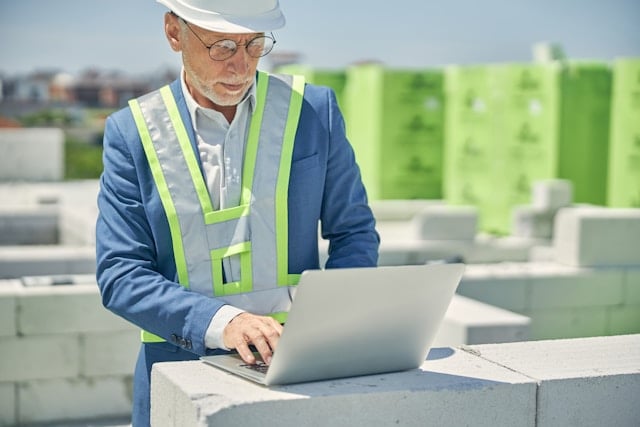New Trends in Building Materials: Innovating for a Sustainable Future

The construction industry is evolving rapidly, driven by advancements in technology and growing demand for sustainability. Building materials are at the forefront of this shift, with innovations aimed at reducing environmental impact while enhancing performance. In this article, we’ll explore the latest trends in building materials that are shaping the future of construction.
1. Sustainable Materials
Sustainability is no longer a buzzword; it’s a necessity. Building materials that minimize carbon footprint, are energy-efficient, and reduce waste are in high demand. Recycled materials such as reclaimed wood, recycled steel, and recycled concrete are gaining traction as eco-friendly alternatives to traditional materials. These not only reduce resource consumption but also help in waste management, a key factor in green construction practices.
Biodegradable materials like mushroom mycelium, hempcrete, and bamboo are also gaining popularity. These materials decompose naturally, reducing landfill waste while providing excellent insulation and structural properties.
2. Smart Materials
Smart building materials are transforming how structures interact with their environment. Self-healing concrete, for example, uses bacteria to repair cracks automatically, extending the lifespan of buildings and reducing the need for repairs.
Phase-changing materials (PCMs), which can store and release thermal energy, are also being incorporated into walls and roofing systems to regulate temperature. This not only improves energy efficiency but also contributes to more comfortable living and working spaces.
3. 3D-Printed Materials
The rise of 3D printing technology in construction is revolutionizing how materials are used. Concrete, metal, and even biodegradable materials can now be 3D-printed to create custom shapes and structures, reducing waste and construction time. This technology offers precision and flexibility, allowing architects and builders to create designs that were once impossible.
3D printing also opens the door for more affordable housing, as it significantly lowers material and labor costs. As this technology continues to advance, we can expect it to play a larger role in mainstream construction.
4. High-Performance Insulation
Energy efficiency is a key concern in modern construction, and innovations in insulation materials are helping to reduce energy consumption in buildings. Aerogel insulation, often used in space exploration, is now making its way into commercial construction. It is extremely lightweight and has excellent thermal properties, making it one of the best insulators available.
Vacuum insulated panels (VIPs) are another cutting-edge material, offering superior thermal performance in a thin profile. These are ideal for retrofitting older buildings where space constraints are an issue, helping to meet stringent energy regulations without compromising on design.
5. Prefabricated and Modular Materials
Off-site construction using prefabricated materials is becoming increasingly popular due to its efficiency and reduced environmental impact. Materials are manufactured in a controlled environment, minimizing waste, and then transported to the construction site for assembly. This reduces construction time and allows for more precision in design.
Modular construction, where entire sections of a building are pre-built and then assembled on-site, is also on the rise. This method not only saves time but also reduces disruptions to the surrounding environment, making it a sustainable alternative to traditional construction methods.
As the construction industry moves towards smarter and greener solutions, platforms like MawadOnline are playing a key role in this transformation. By offering a wide selection of cutting-edge building materials, MawadOnline connects manufacturers with contractors, architects, and facility managers across the UAE, ensuring that these new trends in construction are accessible to all. Explore their range today and be part of the future of sustainable construction!









